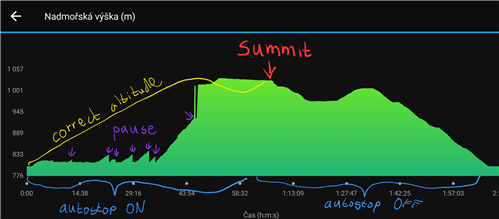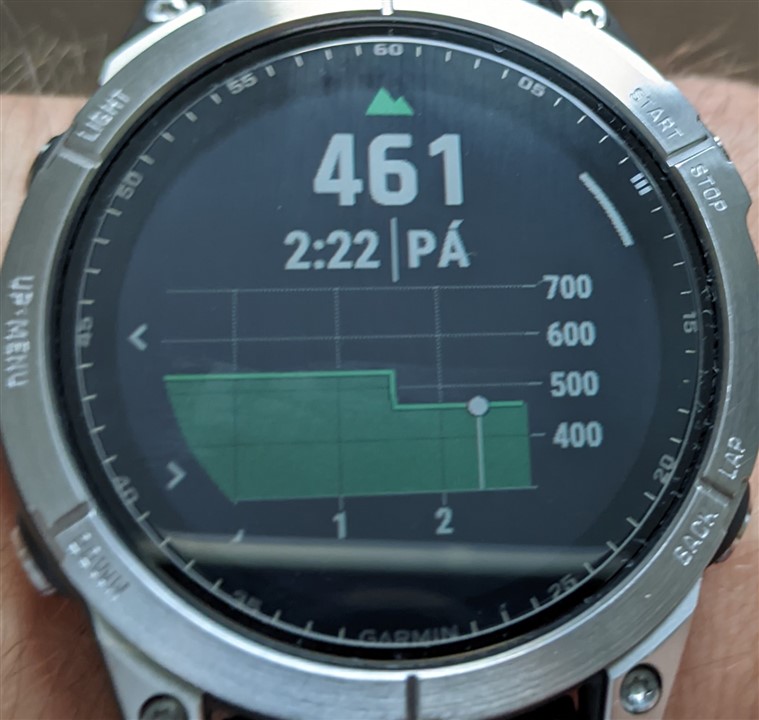Last few days my activites elevation starts at 384m instead of right 450m for all activities and various gps settings. The auto calibration at night makes huge shifts from right 463m to 392m. The shift used to be about only 5m before.
The only help is to turn off auto calibration and then, when watch asks about new elevation while starting the activity, choose option to get right elevation from GPS. Then the watch gets the right elevation immediately.
But this was not necessary before, the elevation was always changed to right value at start of an activity. Even the manual says that:

If I didn't look at my recent activities, I wouldn't even noticed that problem. But I was surprised with strange bad elevation values at work and at home. The elevation is wrong all the day.




